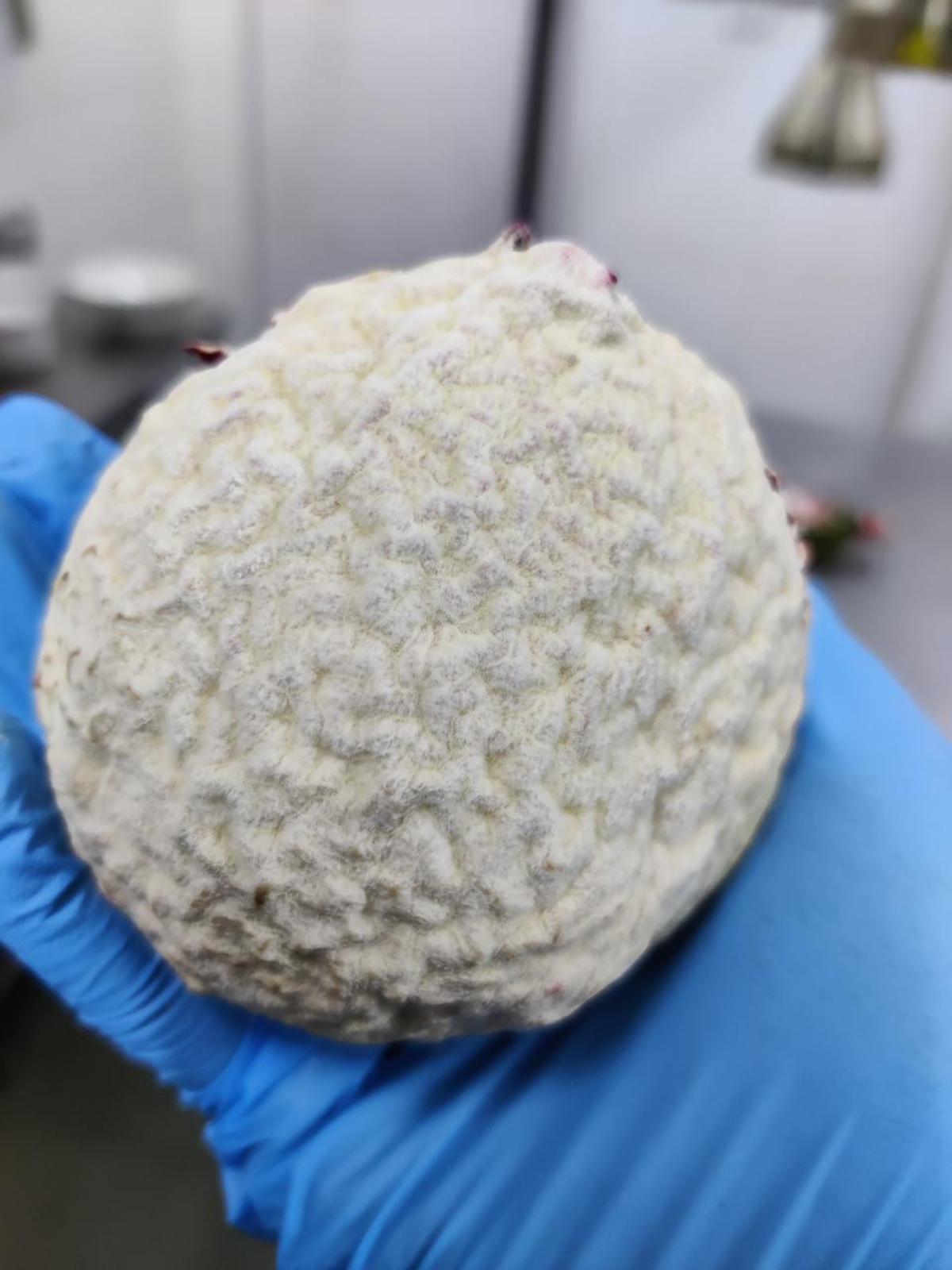Fermented foods like kimchi, kombucha, sourdough, and pickles have been around for quite some time. Now, however, chefs and home cooks are reviving fermentation with creative twists. Entrepreneur Prachet Sancheti’s brand Brown Koji Boy is India’s first fermentary crafting unique products using koji. The brand has a diverse range of sauces and products such as spiced chickpea miso, smoked tomato tamari, and stir-fry koji paste.
What is koji?
Launched in 2022 in Vagator, Goa, the brand began during the lockdown when Prachet was experimenting with unique fermented products in his house. Originally from Mumbai, he switched many jobs, but finally realised his passion for the F&B space.
Similar to yeast, koji culture (scientific name: Aspergillus oryzae) is a fermentation agent used in Japanese cooking. “Koji is a magical mold that grows on grains like rice or barley and is used in fermentation to create incredible flavours. Think of it as the secret behind foods like soy sauce, miso, and sake — it breaks down starches and proteins into sugars and amino acids, giving that deep umami taste,” he explains.

Founder Prachet Sancheti at his fermentary in Goa
| Photo Credit:
Special arrangement
The brand is also producing a range of different extracts, syrups and condiments (such as hot sauces and chili oils) that use koji as the primary ingredient. To make his products gluten-free, Prachet uses chana dal, millets and red rice for soy sauce.
Instead of kombucha or kimchi, Prachet chose koji because of its versatility. Koji allows him to experiment with everything, from beverages and syrups to pastes, soy sauces and seasonings. “It offers the most diverse options. I also found it more forgiving than other ferments, as you learn so much while producing it,” he adds.
Prachet primarily sells his products through B2B channels, but they are also available on his website, online-delivery platforms, and select supermarkets in Delhi and Goa. “We focus on B2B because chefs understand the flavours and uniqueness of these products, unlike many people who are still unfamiliar with them,” he explains. He occasionally hosts workshops and collaborations, demonstrating how to use these fermented products at home.
Brown Koji Boy’s products are that are easy to incorporate into Indian cuisine. ”The spiced chickpea miso was one of my first products, inspired by Indian flavours,” says Prachet. “I used it in khichdi, adding miso butter for the tadka.” Miso is versatile in dishes like upma, chutney, or dal, serving as a seasoning or a fat emulsion to enhance depth and spice.
Koji hot sauce, spicy shio koji, and syrups are perfect for everyday salad dressings or enhancing Indian gravies and curries. “When you search for miso or soy sauce, it’s mostly Asian recipes. But how often can we eat Asian food? That’s why we’re focusing on creating ways for Indian households to use these products,” says Prachet.

Rice koji
| Photo Credit:
Special arrangement
Keeping it local
All of Brown Koji Boy’s ingredients are locally sourced from India — the shiitake in the chilli crisp are from a shroomery in Delhi, red rice and poe bread (used for syrups and caramel) are from Goa, and soybeans are from Uttarakhand. They also offer both soy-free products and others with limited soy to boost protein. “Our approach blends traditional Japanese fermentation techniques with Indian ingredients and flavours, resulting in products that are familiar yet entirely new. Every product is handmade, preservative-free, and designed to add depth, umami, and character to everyday cooking” he says.
Prachet faced several hurdles when he started raising awareness about his products to consumers, adapting equipment for fermentation and managing Goa’s fluctuating temperatures. “Salt percentages were tricky initially, but we have reworked them,” he says. Logistics, particularly for unpasteurised products in India’s weather, can pose a lot of challenges, which lead him to test and introduce new packaging solutions.
Awareness of the products
Only a few fine-dining restaurants in India, two or three at most, were serving dishes with koji, limiting its exposure. ”We wanted to partner with restaurants and chefs in mid-level or casual dining, where these products can be more widely available, helping to increase awareness.” This allows Brown Koji Boy to become present across various sectors of the food and beverage industry.

Koji grown on beetroot
| Photo Credit:
Special arrangement
Brown Koji Boy’s products are currently sold to restaurants and cafes in Mumbai, Delhi, and Bengaluru, such as Foo, Burma Burma, Miguel’s, Izumi, Yum Yum Cha, Eat Naru, Subko, and Lupa. “We are focusing on making our products more retail-friendly by improving packaging to ensure safe delivery. We are also working on providing four-fiverecipes per product to help customers make the most of them,” he says.
Prachet, who admits to having a weakness for the versatile king chilli miso, which he adds to most of his meals, says he is currently also really enjoying the white soy sauce: “I use it whenever I need salt. It pairs really well with sautéed veggies, especially greens, or even simply with rice and eggs.”
Products are priced at ₹185 onwards and are available on brownkojiboy.com
Published – January 17, 2025 03:56 pm IST
